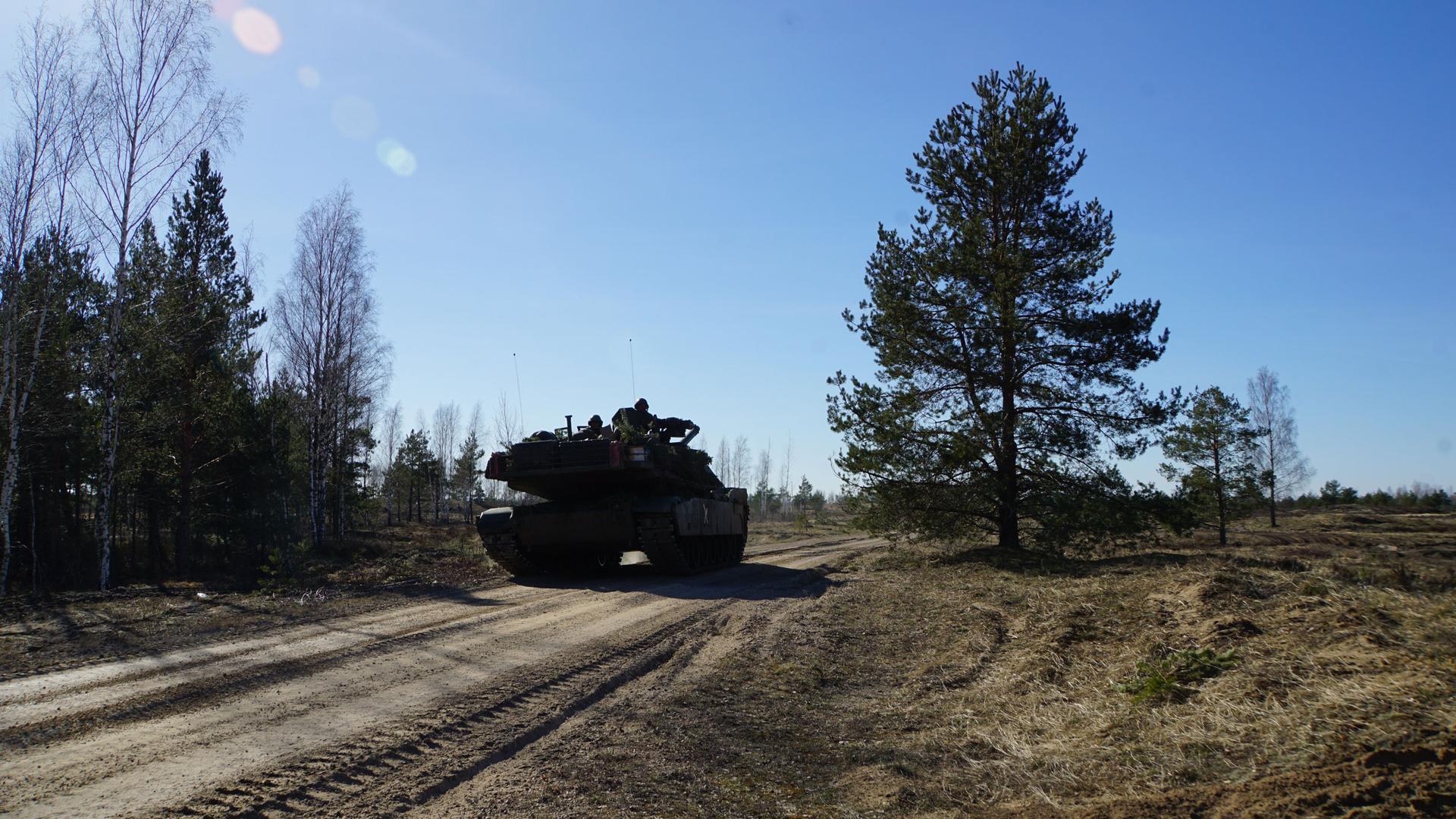At the Ādaži military base, about 45 minutes outside of Riga, the Latvian capital, soldiers simulate combat using tanks, armored vehicles, drones, fighter jets, and other heavy military equipment.
The base covers 30 square miles — that’s bigger than Manhattan.
“We have to prepare for the war, but we do everything to avoid the war,” Latvian Lieutenant-Colonel Oskars Lejnieks said. Lejnieks is in charge of directing Crystal Arrow 24, one of the many phases of military exercises initiated by the North Atlantic Treaty Organization (NATO).
“During the exercise we practice how all the units are alerted from peacetime and how we transit to the crisis,” Lejnieks said.
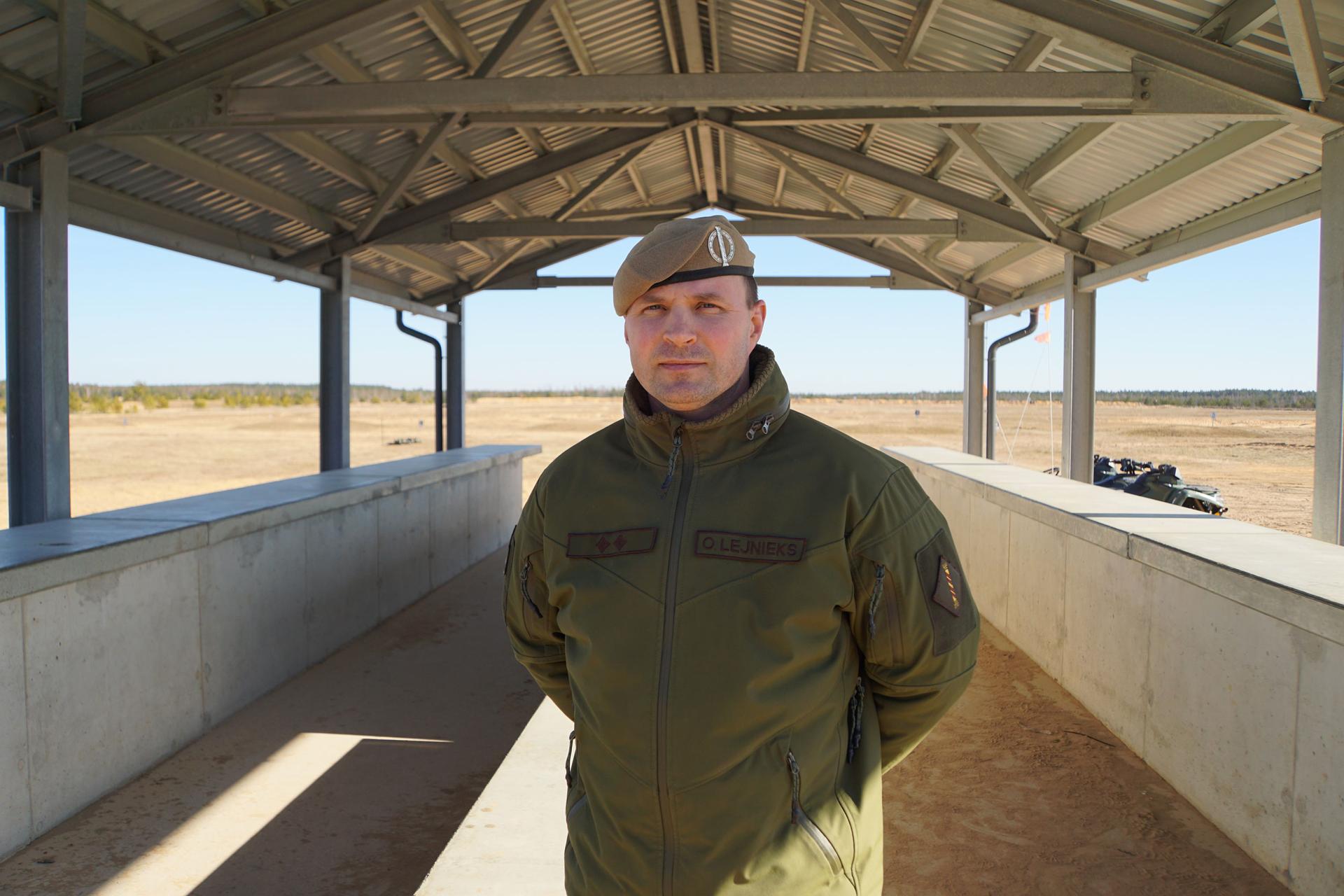
Roughly 90,000 troops are participating in NATO exercises that started in January. Lately, NATO officials and European leaders have warned that a direct conflict with Russia is becoming an increasing threat.
Russian President Vladimir Putin has recently been ramping up his militaristic rhetoric, including thinly veiled reminders of the Kremlin’s nuclear capabilities.
US President Biden acknowledged the threat in his State of the Union address earlier this month.
“Putin of Russia is on the march, invading Ukraine and sowing chaos throughout Europe and beyond. If anybody in this room thinks Putin will stop in Ukraine, I assure you he will not,” he said.
Lejnieks is frank about where such a crisis is most likely to come from — Latvia shares a border with Russia to its east.
“Russian activities in Ukraine makes a threat also for the Baltics, that’s our primary focus, because of our geography,” he said.
The aim of these exercises is to simulate war and test NATO’s military readiness.
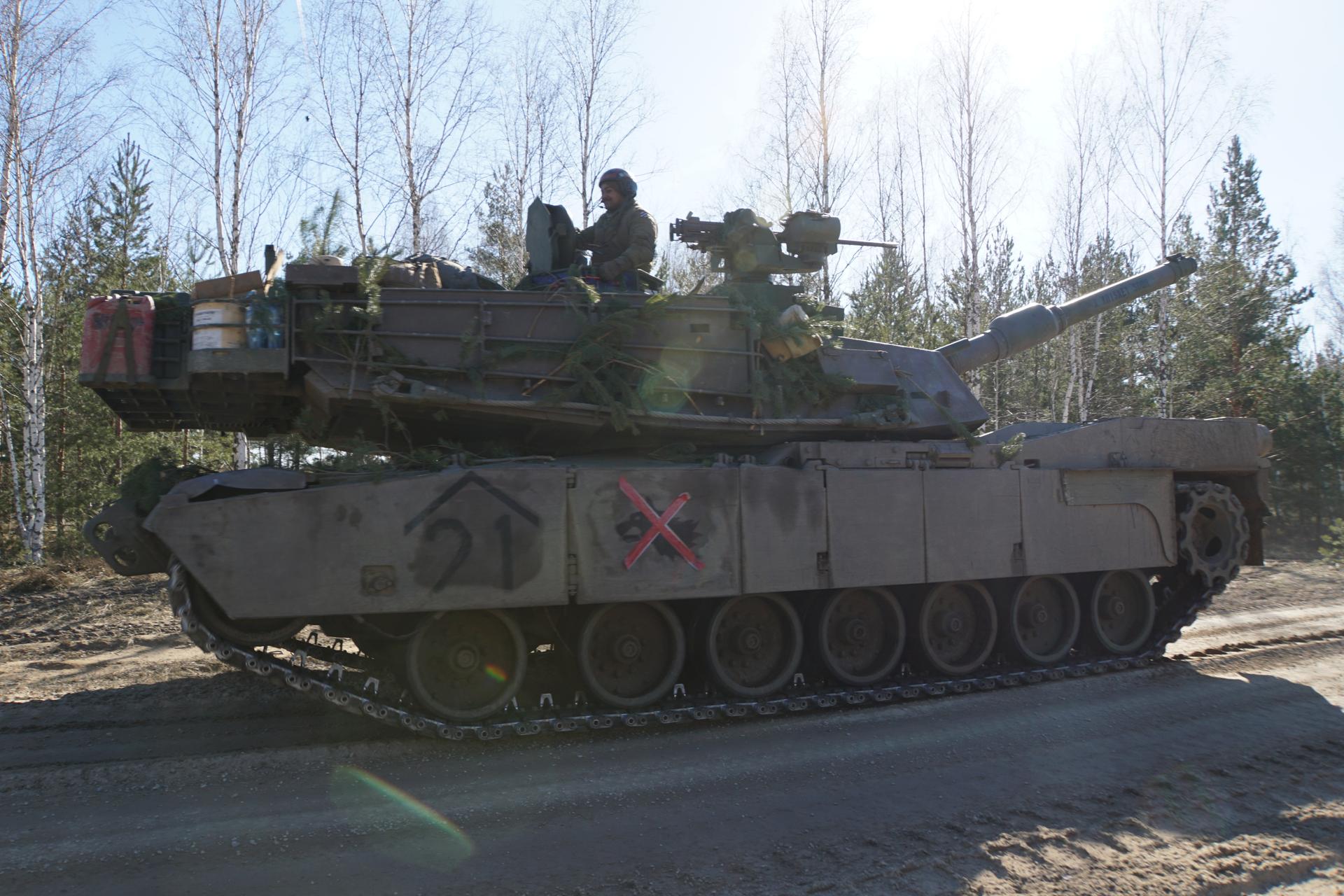
In an exercise control room on the base, Lejnieks demonstrated how an exercise is coordinated behind the scenes by a team of military officers from Canada and Latvia.
“We work together in order to conduct the exercise, and if you go closer to the map, then you can see the current situation on the battlefield,” he explained while pointing to a tabletop map showing the configuration of troops on the training ground.
From this control room, officers and soldiers communicate with troops in the field.
Out in the field, about 2,000 soldiers are divided into two groups — an attacking force and a defensive one.
Scores of tanks and armored vehicles maneuver around the terrain, leaving deep tracks in the dirt. One of the combat teams training here is from the US.
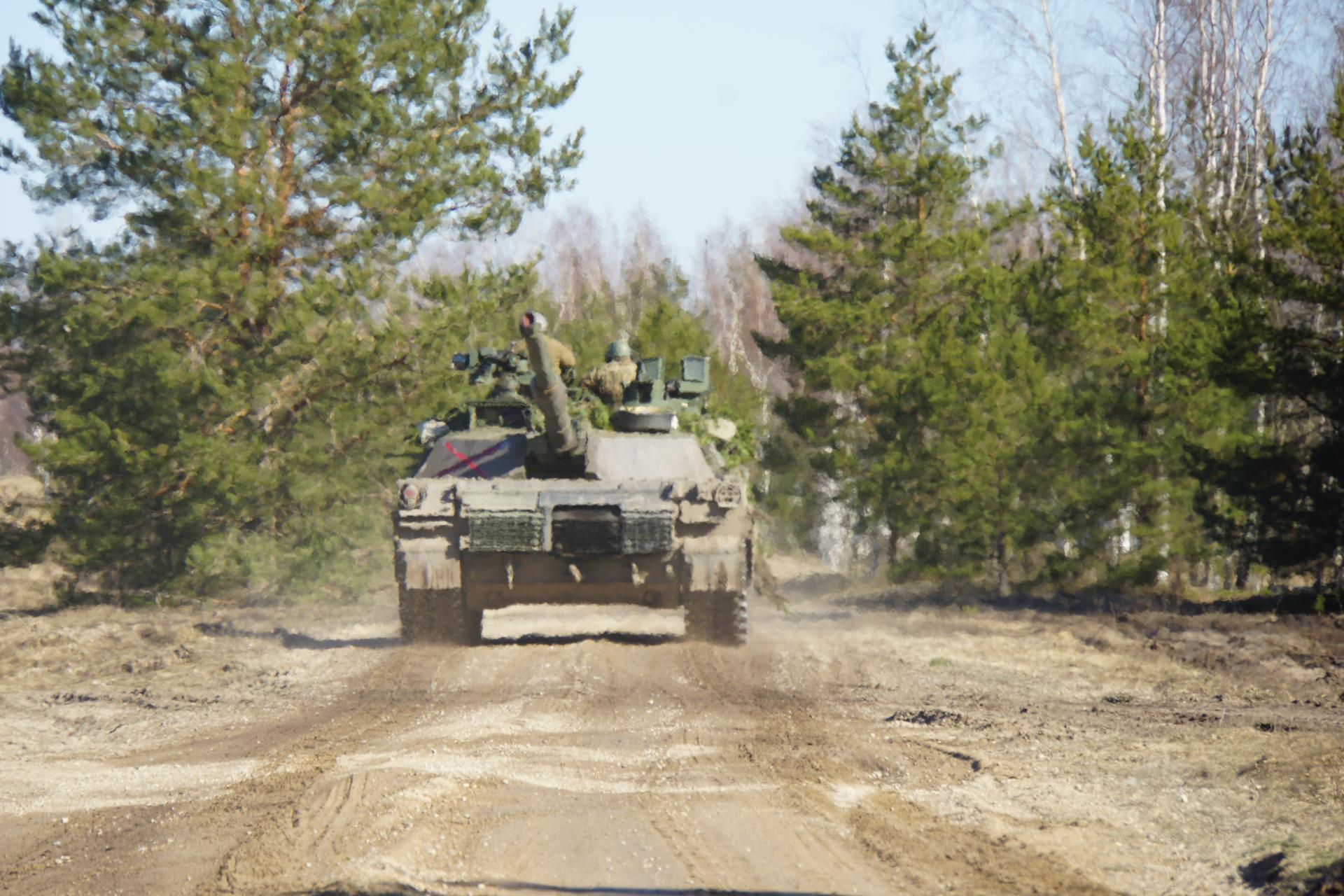
US Army Captain Malcolm Edgar’s company is on the frontlines of this exercise, simulating an armored counterattack.
“Directly to our south, we have a large portion of the main defense, tanks and Bradley infantry fighting vehicles, too many vehicles to name from so many countries, essentially as part of this attacking element trying to get to the southern extent of this training area,” he said.
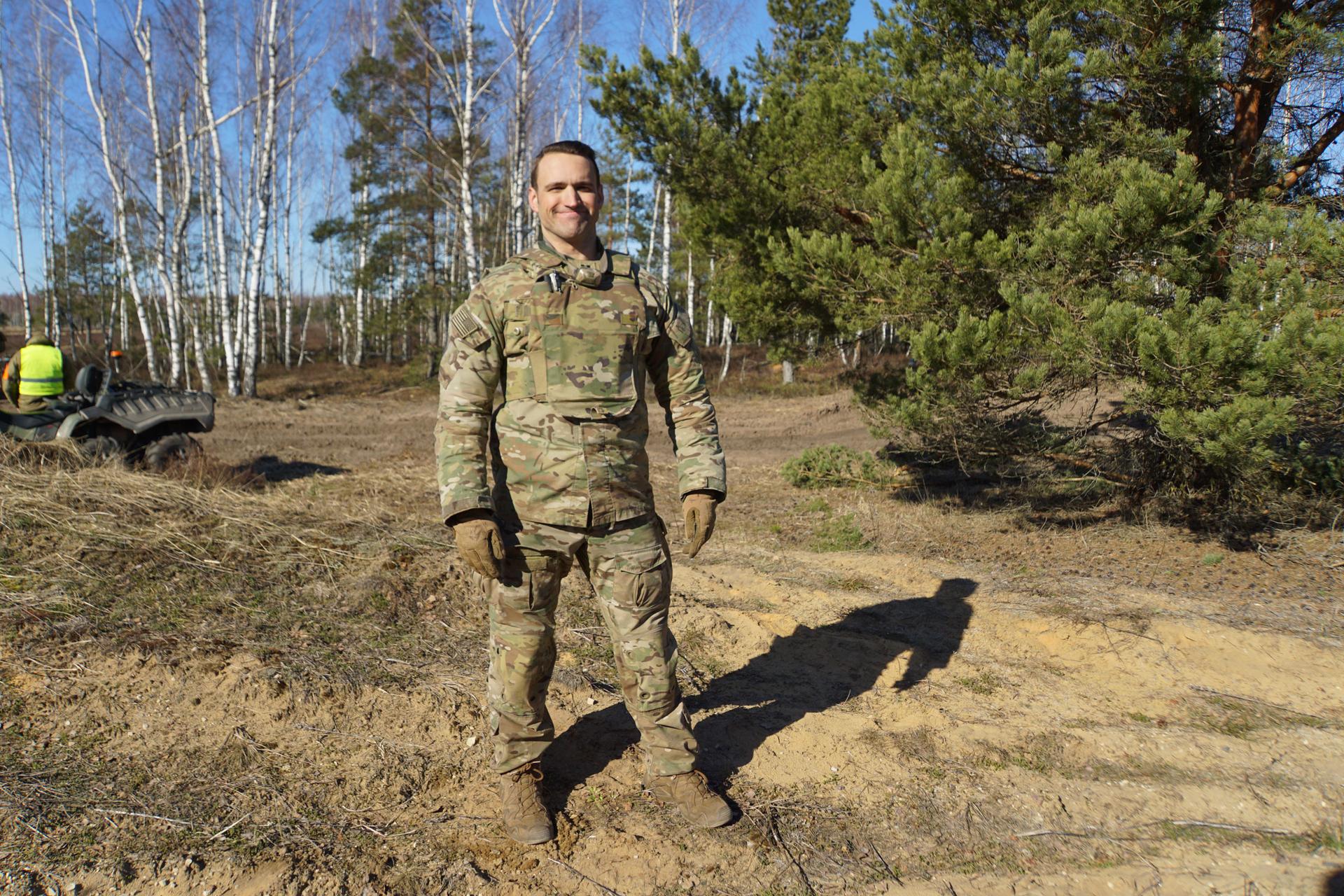
When Captain Edgar walked over to one of the armored vehicles, US Army Lieutenant Eric Butte popped out. His job is to share information across units to target and hit enemy positions.
“For us, it’s all about comms, so if we can’t talk, then we’re basically useless. So my role in it is primarily to work the radios, be the liaison between our elements on the ground, and what they’re seeing, they’ll send me data, and then I’ll send it to the guns,” Butte said.
These kinds of exercises help NATO troops improve their ability to cooperate in case of a real war scenario, Butte explained. They call it “interoperability.”
“It’s huge. I think it’s really cool that we can partner with our allies here in Europe and send a message to our adversaries that we’re ready, we’re trained. It’s just great training value for every soldier involved,” he said.
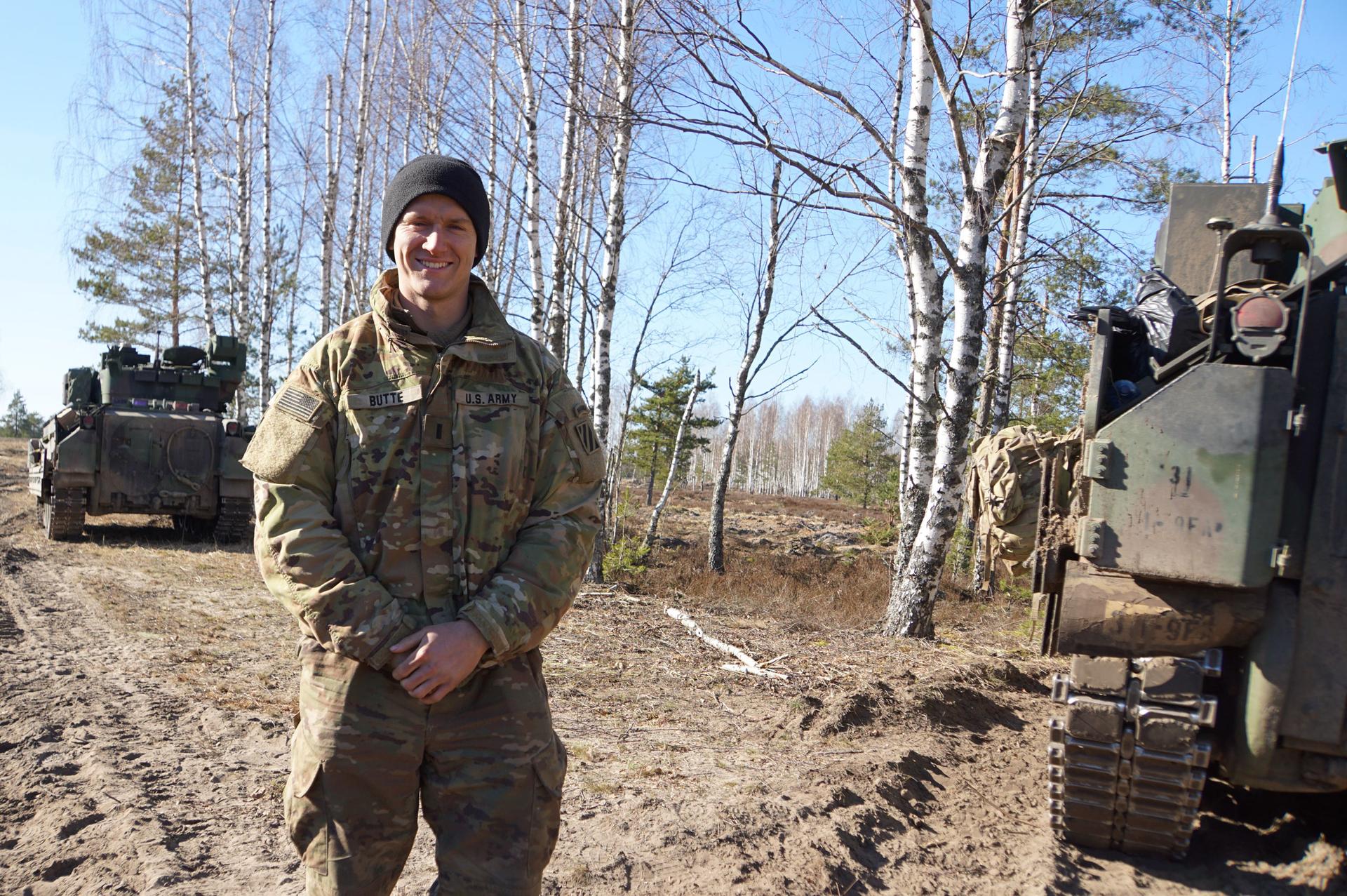
Captain Edgar said these exercises are also crucial for building working relationships across national lines.
“My soldiers have loved it. Their favorite piece at any training event like this is to go interact with fellow soldiers. They always want to trade food — is always one of the big ones — and see what we give soldiers in the field versus them,” he said.
Candy is always a high-value item, he added.
He said even these types of playful interactions contribute to morale and NATO’s overall ability to deter adversaries from attacking.
And he was careful to not mention Russia or any other country by name.
“NATO is all about collective deterrence. I don’t think there’s ever a time where you shouldn’t want to be ready — that’s for whatever threat could ever present itself,” he said.
But back at the exercise control room, Latvian Lieutenant-Colonel Oskars Lejnieks is more direct about what NATO is preparing for.
“Here in the Baltics we’ve been living with all this perception that something will happen, the question about when Russia will do something else in Europe is the big question. We’ve been already alerting allies and partners for many years,” he said.
The priority is training but also supporting Ukraine, he said, adding that the Ukrainian military has sustained the fight on their territory.
They’ve stopped Russia from expanding the war to a larger conflict – one that all NATO countries would like to avoid.
